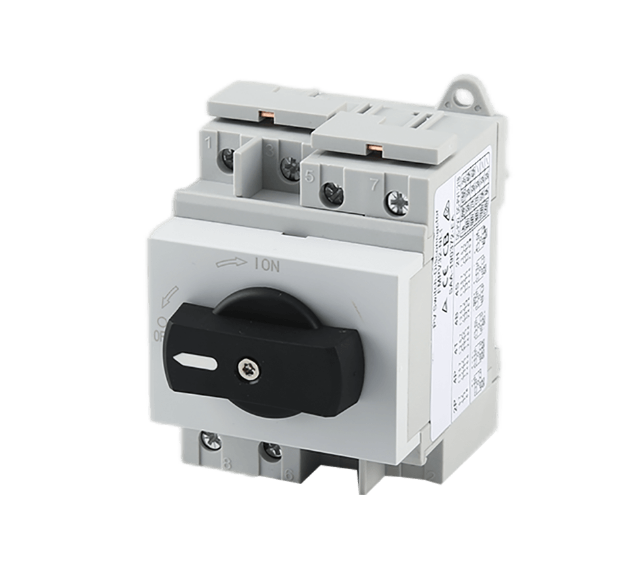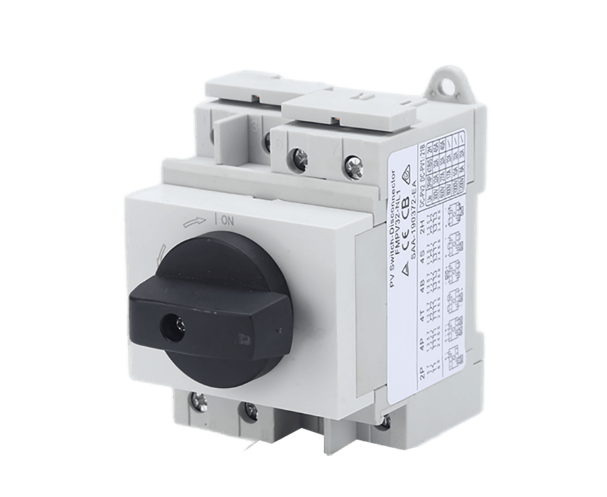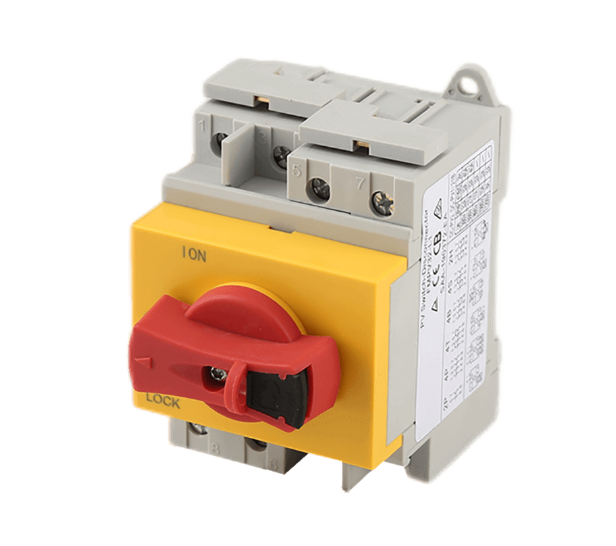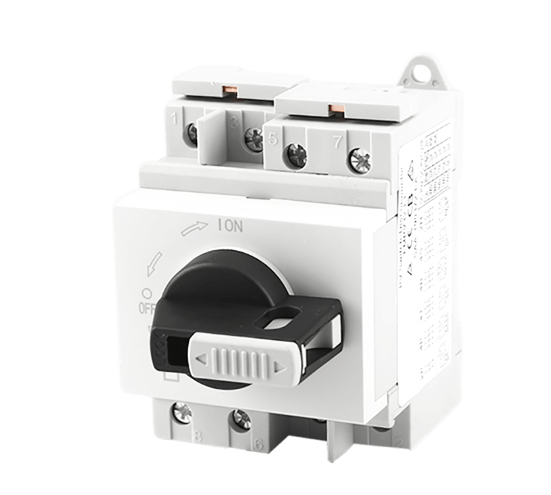It is available in different mounting ways, such as covered end and base, wall-mounted, or overhead isolator switches. There are different isolator switches, and these work for different purposes in electrical circuits. Within the scope of application and operation requirements, an appropriate isolator switch can be selected.
Classification by Operating Mode

Manual Isolator Switch A manual isolator switch is a mechanical device that manually disconnects or connects a circuit. It is mainly applied to low-voltage and medium-voltage circuits, such as distribution control in residential or commercial buildings. Manual isolator switches are economically operated and are commonly used in day-to-day electrical systems.
Motorized Isolator Switch Motorized isolator switches are used in a range of applications and can be remotely or automatically controlled. They are commonly employed in high-voltage systems or high-capacity machinery. A motorized isolator switch can disconnect circuits in a matter of seconds, thus providing higher performance and safety.
Semi-Automatic Isolator Switch Semi-automatic isolator switches merge the benefits of manual and motorized operation. They are commonly employed in extensive or automated systems where switching operations occur frequently or under extreme conditions, such as industrial automation control. The operation mode can be conveniently switched between manual and motorized for safe operation.
Classification by Installation Method

Panel-Mounted Isolator Switch Panel-mounted isolator switches are installed in distribution boards or control cabinets to isolate multi-circuit electrical systems. They are compact and commonly used for electrical insulation within distribution and control systems.
Wall-Mounted Isolator Switch Wall-mounted isolator switches are typically mounted on walls or equipment enclosures and provide isolation for individual devices or circuits. These devices are mainly used for the power control of household equipment (e.g., air conditioning systems, water heaters) and light industrial loads.
Free-Standing Isolator Switch Free-standing isolator switches are typically installed outdoors, also known as free-standing installations or for custom-made environments. They have superior weather resistance and protective performance, making them suitable for electrical system isolation in harsh environments. They are frequently employed in high-voltage transmission lines and outdoor distribution equipment.
Classification by Rated Voltage or Current

Low-Voltage Isolator Switch Low-voltage isolator switches are used in electrical systems up to 1000V. One major application of a low-voltage isolator switch is power control within buildings, including domestic and small commercial constructions. Typical applications include low-load, low-voltage distribution systems, such as lighting and low-power motors.
Medium-Voltage Isolator Switch Medium-voltage isolator switches are found in electrical systems with voltages between 1kV and 36kV. They are commonly used for feeder circuits in distribution networks within factories or across industrial parks. Medium-voltage isolator switches with high short-circuit current carrying capacity provide isolation protection against system faults.
High-Voltage Isolator Switch High-voltage isolator switches are suitable for use in high-power transmission and distribution systems above 36kV, including substations and high-voltage transmission lines. High-voltage isolator switches have a higher breaking capacity and insulation performance, which can withstand high-intensity current surges.
Classification by Pole Configuration
Single-Pole Isolator Switch Single-pole isolator switches break a conductor at one point and are generally used in single-phase circuits or DC systems. They are best for simple circuits with low loads.
Double-Pole Isolator Switch Double-pole isolator switches are used to disconnect both the live and neutral wires simultaneously. They are commonly used in single-phase power supply systems, such as those used in most households for lighting and operating small appliances. It is an ideal switch for power isolation in buildings and other industrial facilities.

Three-Pole Isolator Switch Industrial power systems are equipped with three-pole isolator switches to isolate and connect three-phase circuits. They can disconnect all the conductors in a three-phase circuit, which is essential for safety when servicing motors and large electrical equipment.
Four-Pole Isolator Switch The four-pole isolation switch is used in three-phase four-wire systems to connect and disconnect the three-phase power and the neutral wire simultaneously. They are used in situations where three-phase circuits are required to be completely isolated from each other, such as for power switching and maintenance isolation in industrial applications or energy supply systems.
